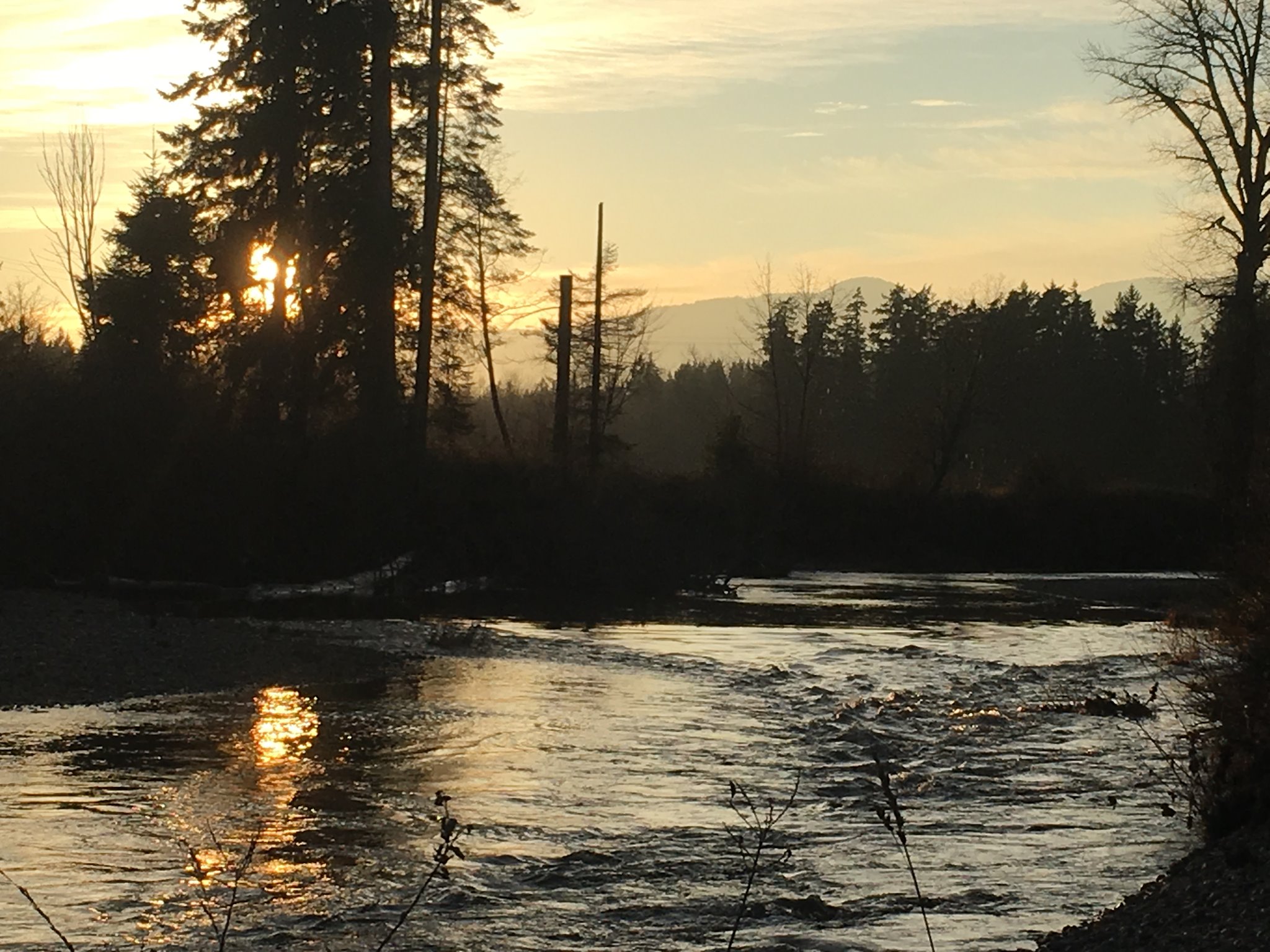In 2006, Charles Brandt was asked to speak about the experience of attempting a wide variety of strategies to address acid mine drainage and metal leachates at the Mt Washington copper minesite that were lethal to the once thriving Tsolum River salmon population.
Over the span of the 30 years that Charles Brandt wrote letters, pleaded for the release of scientific studies, called for action, sought funding, conducted their own data collection, the mining industry learned much from a long string of failed efforts to mitigate the acid and metal leaching into the Tsolum River.
During this time a variety of solutions were either attempted or given serious consideration: a glacial till cap mixed with acid neutralizing limestone from Texada was attempted and failed, washing the floor of the mine of soluble acid and metals had failed, diverting the toxic runoff into the Spectacle Lake wetland to absorb the toxins failed as its capacity to neutralize the toxins was eventually overwhelmed, consideration of the Condor Technologies use of microbes to consume the toxins suggested the technology was too poorly understood, efforts to test asphalt and concrete caps were found to be too costly given the large size of the waste dumps and mine floor footprint, a pipeline to Wolf Lake where a treatment plant was to be constructed was also given serious consideration but was also abandoned due to long term operating costs. The final solution was only implemented in 2006 with the covering of the sulphide laden rocks with an synthetic lining which was subsequently covered with overburden and reclaimed with vegetation.
What was key to the final success in the process was the coming together of the various stakeholders to form a task force. The partnership included Fisheries and Oceans Canada, the provincial environment and mining ministries, TimberWest and the Pacific Salmon Foundation.
This journey of seeking a cost effective solution led to new set of government guidelines, policies, and regulations for both abandoned mines and new mining project approvals that would set the standard across Canada through updated provincial Mining Acts, Environmental legislation and mine approval requirements. As Canada was a global centre for mine development finance, this knowledge eventually found its way into international banking standards of mine closure plans that required long term acid and metal leachate monitoring and mitigation plans and the posting of reasonable bonds to implement these plans. These practices are now the standard around the globe for all western led resource developments.
Although saving the Tsolum was a remarkable accomplishment, the “River is Dead” letter by Charles, his persistent determination over a 30 year period was one of many foundational steps in stimulating the creation of policies that are now adhered to by the global mining industry in dealing with acid mine drainage and metal leachates. In a sense, Charles was showing us that we all can make a difference – that the flapping of butterfly wings over a little river on Vancouver Island with a contemplative enduring presence can have a significant impact. Charles invites us to share these stories, as they offer hope for future generations.
